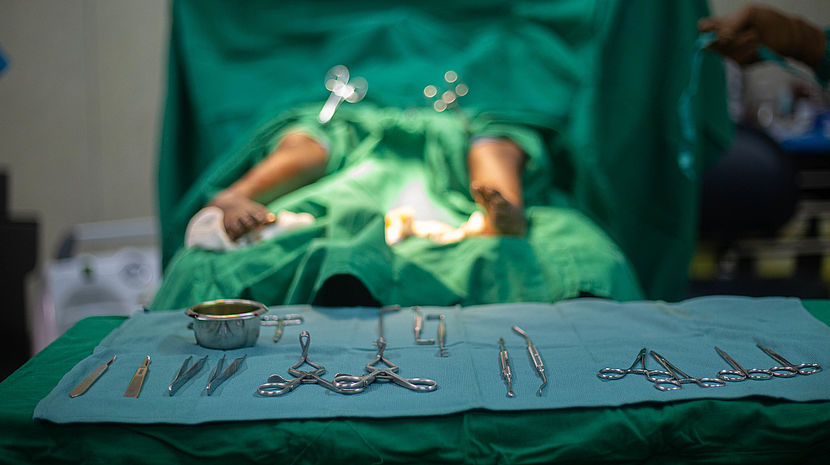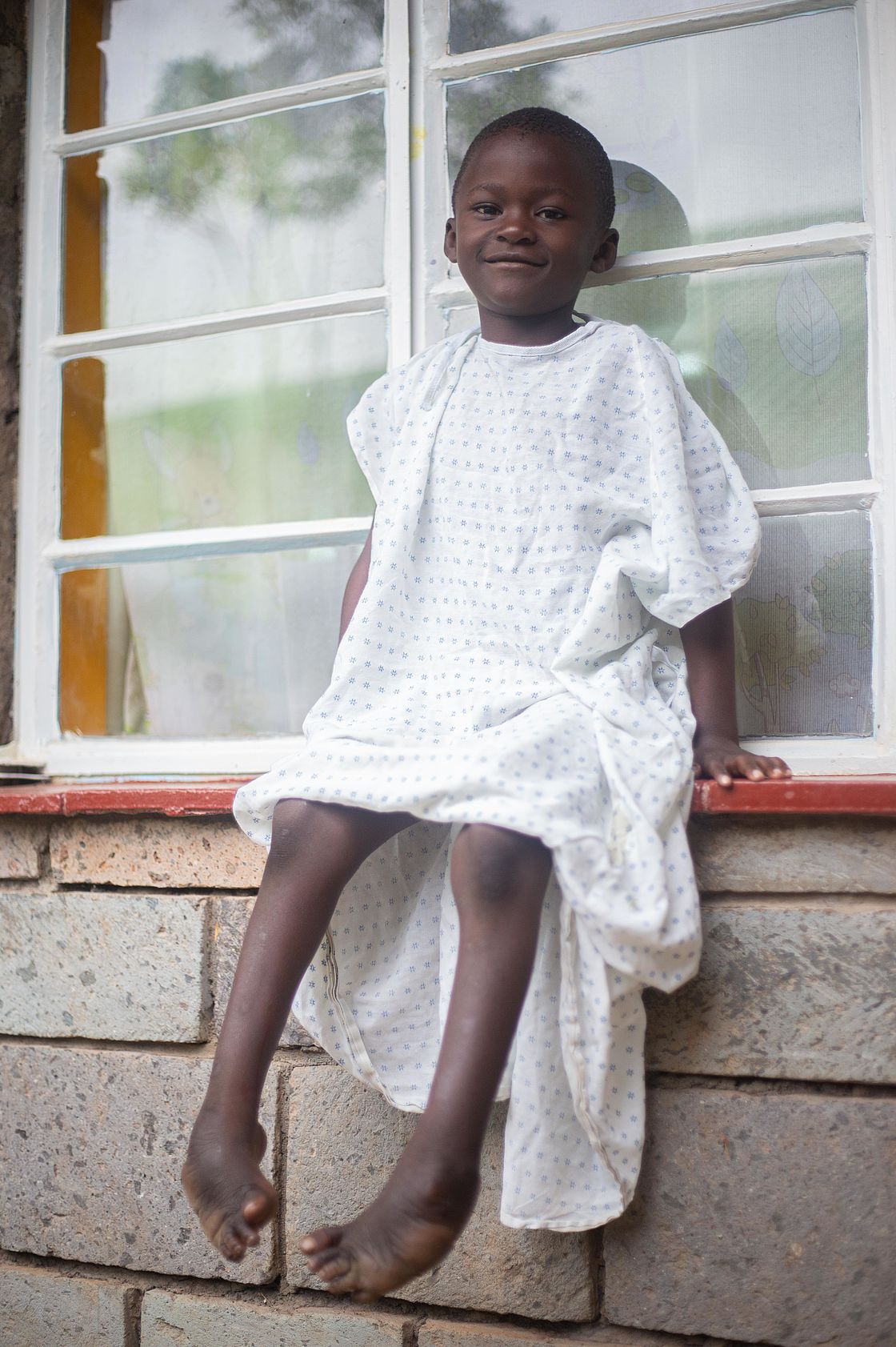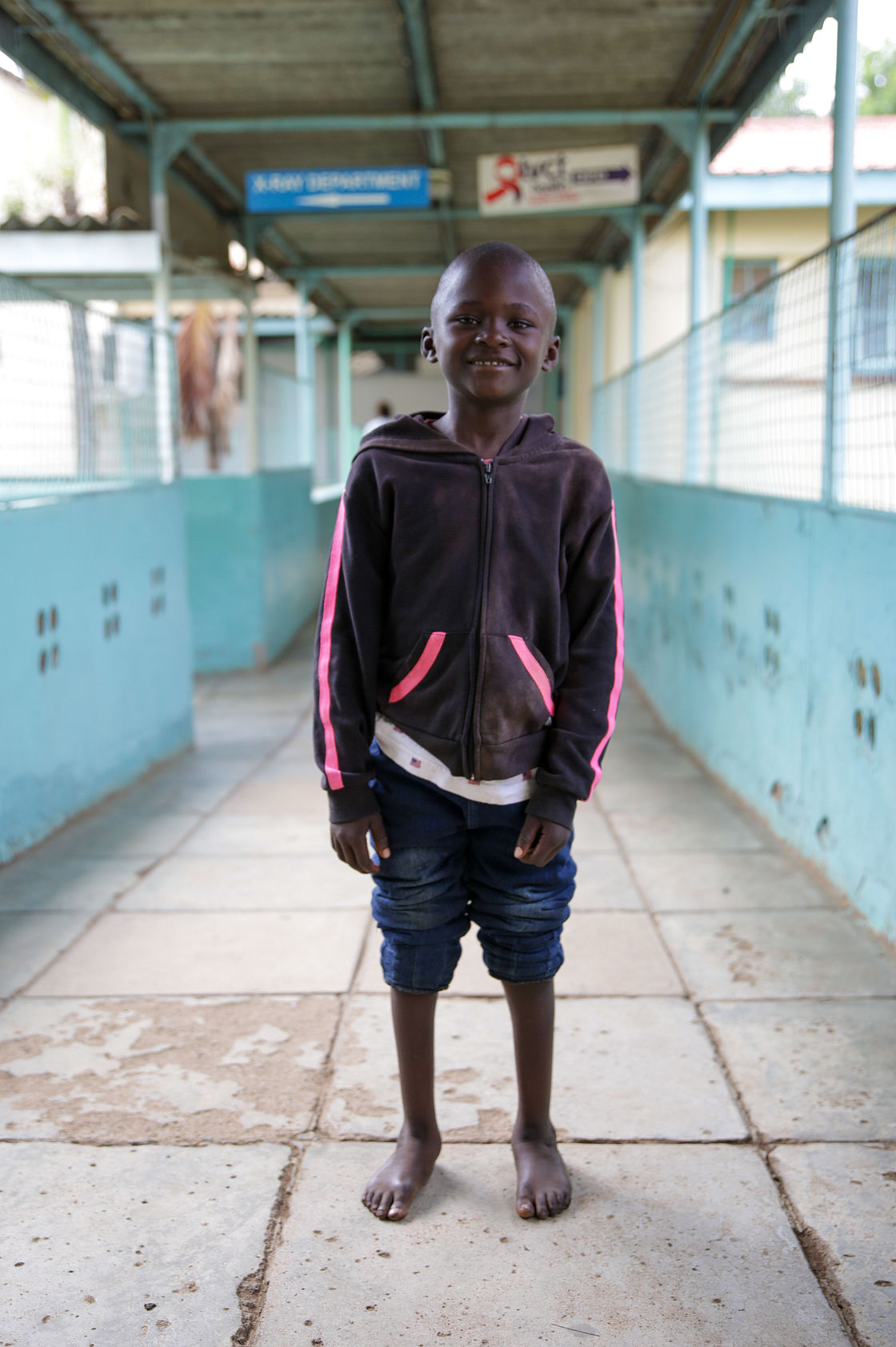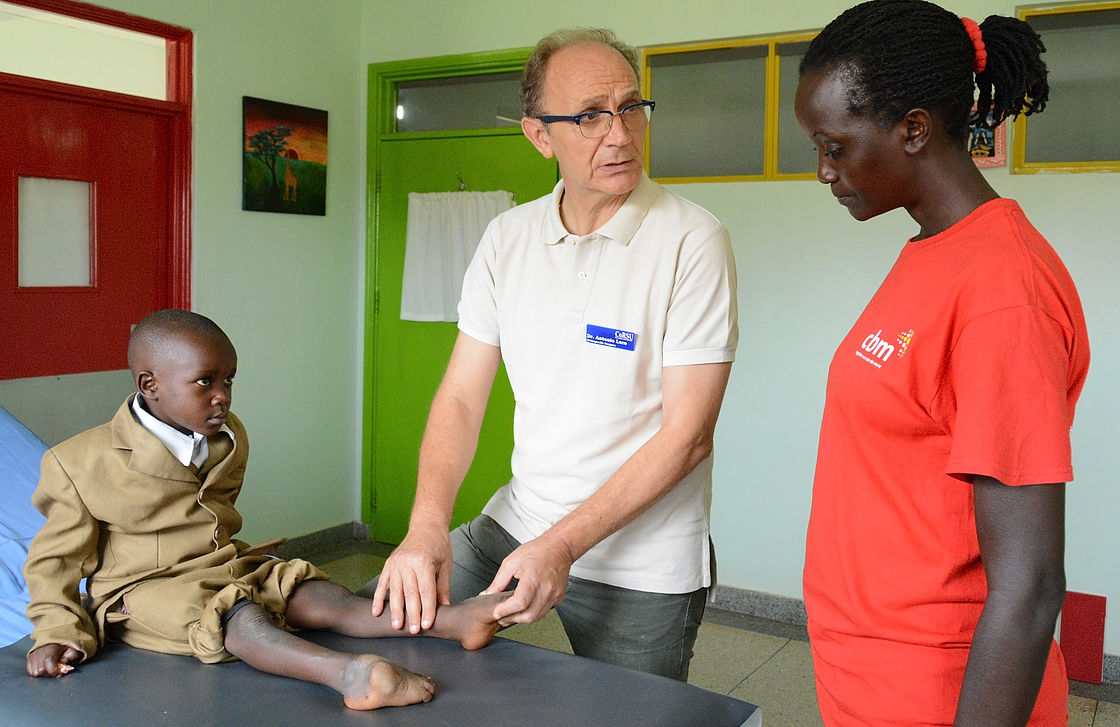From Disability to Possibility:
The Power of Early Treatment for Clubfoot

Every three minutes, a child is born with clubfoot, resulting in approximately 180,000 babies affected each year. Untreated clubfoot stands as one of the primary causes of disability. However, there is hope.
While clubfoot cannot be prevented, it can be effectively treated using the low-cost and minimally invasive Ponseti method, which costs less than $500 per child.
Recognizing the significance of early treatment for children with clubfoot, CBM is dedicated to funding such interventions. By undergoing these treatments, children not only have the opportunity to straighten their deformed legs but also pave the way for a brighter future.
World Clubfoot Day is observed on the 3rd of June annually to raise awareness about clubfoot and its treatment and to celebrate the ground breaking Ponseti method. Widely regarded as the gold standard treatment, the Ponseti method involves a series of procedures, including serial casting, bracing, and a minor surgical technique called tenotomy. When initiated within a few weeks of birth and followed diligently until the child reaches 4-5 years old, the Ponseti method successfully resolves idiopathic clubfoot in over 95% of cases.

Ryan was born with clubfoot. He lives in Kenya.

CBM funded his surgery and he can now walk straight.
CBM's Efforts to Break the Cycle of Disability
Since the late 1990s, CBM and its partners have played a crucial role in raising awareness, training medical personnel in clubfoot treatment, and establishing national programs in low- and middle-income countries. As a result, thousands of additional babies and infants worldwide now have access to effective clubfoot treatment, ultimately preventing lifelong disabilities.
However, it remains disheartening that less than15% children born in low- and middle-income countries receive the necessary treatment. Those who miss out on treatment are burdened with lifelong challenges caused by untreated clubfoot including experiencing ongoing pain, limited mobility and reduced opportunities in education, employment and relationships.
In light of this, CBM joins other clubfoot organizations on World Clubfoot Day to raise awareness about the condition.
CBM, in collaboration with Dr. Michiel Steenbeek, has also developed and pioneered the Steenbeek splint, a cost-effective device produced directly on-site in Africa. Tens of thousands of these splints are now being used worldwide.
Dreams turn into possibilities

Dr Antonio Loro and CBM field worker Agnes Nabawanuka examine Sylas’ feet at CoRSU Hospital in Uganda.
CBM
Orthopedic surgeon Dr. Antonio Loro's experience spanning close to 20 years in Eastern African countries such as Tanzania, Ethiopia, Kenya, and Uganda exemplifies the power of early and effective clubfoot treatment. Since joining CBM in 2006, first at Mengo Hospital and later at CoRSU, Dr. Loro has successfully treated numerous children with physical disabilities, including bowlegs and knock knees. His interventions have restored their feet and legs to their natural positions, enabling these boys and girls to walk without enduring unbearable pain.
Dr. Loro always takes the time to inquire about his young patients' dreams for the future. Every child, regardless of their physical condition, harbours dreams of becoming a farmer, doctor, engineer, lawyer, or teacher.
“It is our responsibility to ensure that these children have the opportunity to attend school, as it is through education that their dreams can truly come to fruition.”
Dr. Loro's experiences have made him realize the profound impact that medicine and surgery can have on transforming people's lives. Through his work with CBM, he has witnessed first-hand the realization of many dreams. Recently, he had the privilege of reuniting with 26 of his former patients, now grown adults, who shared stories of how his surgical interventions had profoundly changed their lives.
"They have become musicians, engineers, and one of them works for an aid organization. These encounters were incredibly emotional," Dr. Loro recounts.
As he taps the framed photo of a young woman on his desk, Dr. Loro adds, "I also treated her a few years ago when her leg was on the verge of amputation. We managed to save it, and now she is happily married and the proud mother of two children. She visits us every year to say hello." The photo serves as a constant reminder to the doctor of how his work, alongside the efforts of CBM, guides the lives of numerous individuals toward new and hopeful horizons.
Ultimately, this is the enduring impact that CBM leaves behind—a chance for a new life filled with possibilities.